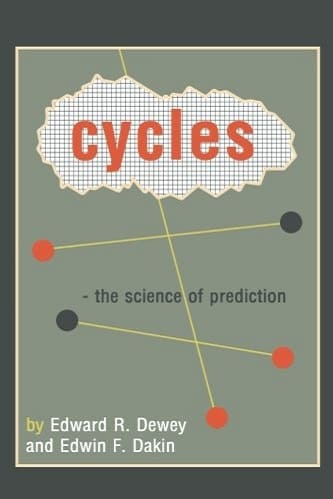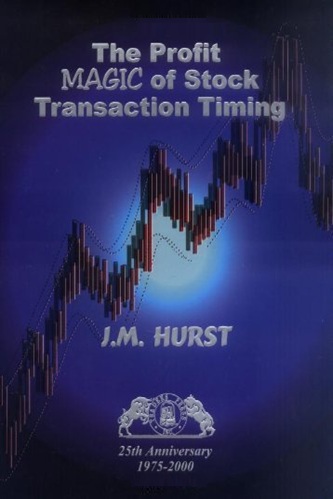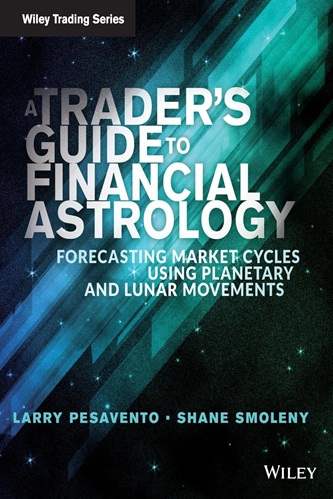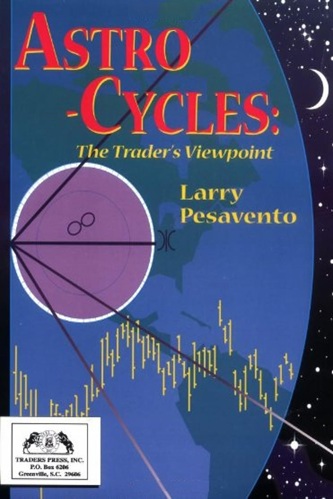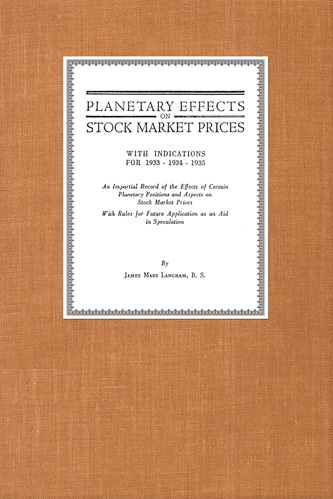Cycles: The Science Of Prediction
$18.20
| Author(s) | |
|---|---|
| Format |
|
| Pages |
348 |
| Publication Year |
2015 |
In 1947 Edward R. Dewey and Edwin F. Dakin published their book Cycles: The Science of Prediction which argued the United States economy was driven by four cycles of different length. Dewey devoted his life to the study of cycles, claiming that “everything that has been studied has been found to have cycles present.” He carried out extensive studies of cyclicity in economic, geological, biological, sociology, physical sciences and other disciplines.
As a result of his research, Dewey asserted that seemingly unrelated time series often had similar cycles periods present and that when they did the phase of these cycles was mostly very similar (cycle synchrony). He also said that there were many cycles with periods that were related by powers or products of 2 and 3. Dewey understood his cycle theory to be capable of understanding what the market is going to do and of predicting what may come.
Introduction:
It is the business of science to predict. An exact science like astronomy can usually make very accurate predictions indeed. A chemist makes a precise prediction every time he writes a formula. The nuclear physicist advertised to the world, in the atomic bomb, how man can deal with entities so small that they are completely beyond the realm of sense perception, yet make predictions astonishing in their accuracy and significance. Economics is now reaching a point where it can hope also to make rather accurate predictions, within limits which this study will explain.
In these pages we shall be primarily concerned with a new approach to economics and the problem of economic forecast, with the near-term future of the United States particularly in mind. This approach moves partly through some avenues that in the past have been the province of other sciences as various as biology, psychology, and mathematics. The study here falls into two parts. First, it shows that rhythm and periodicity exist in the natural world, and that our economic world, analyzed with similar statistical tools, also displays curvilinear forms and distinct rhythms. Second, it deals with some of the ideas which underlie these facts, suggests implications which seem safely implicit in them, and indicates some meanings which such facts hold for all of us.
The debt of the authors to those whose names, equations and graphs line the pages of this book — and to many others unnamed — is without end. Theirs is the pioneering that is moving economics out of the blind alley where it stood for many years, so that it can take its rank as a true science. There are those who, admitting that economics has not been an exact science, also insist that it cannot be, in the sense of predicting outcomes in human affairs. There are even some who consider prediction regarding human life as a kind of impiety — or fakery, at best.
That prediction regarding human affairs so often stands in ill repute with sober men (regardless of whether it “comes true” or not) often stems from techniques used in formulating it. It is less the forecast than the questionable methodology that often lacks scientific credibility. The reader will be introduced to a method of thinking about the future which — new though it may be to him — seems definitely to have proved of value. It is this method which is of fundamental importance — an importance greater than any specific conclusions to which it may lead. For on its validity depends the whole value of the conclusions.
Contents:
- Why Trends Are Important
- Patterns in Growth of Orgamisms
- The Growth Trend in Our Basic Industries
- Trends in Some Other Industries
- Some Rhythmic Cycles in Natural Phenomena
- The 54-Year Rhythm
- The 9-Year Rhythm
- The 3½-Year Rhythm
- The 18-Year Rhythm
- Causes, Correlations, Conjectures
- Analysis and Synthesis
- Timing a Business
- Avoiding Some Economic Illusions
- War and Its Dislocations
- Postwar Trends
- Postwar Rhythms
Cycles: The Science Of Prediction By Edward R. Dewey pdf

